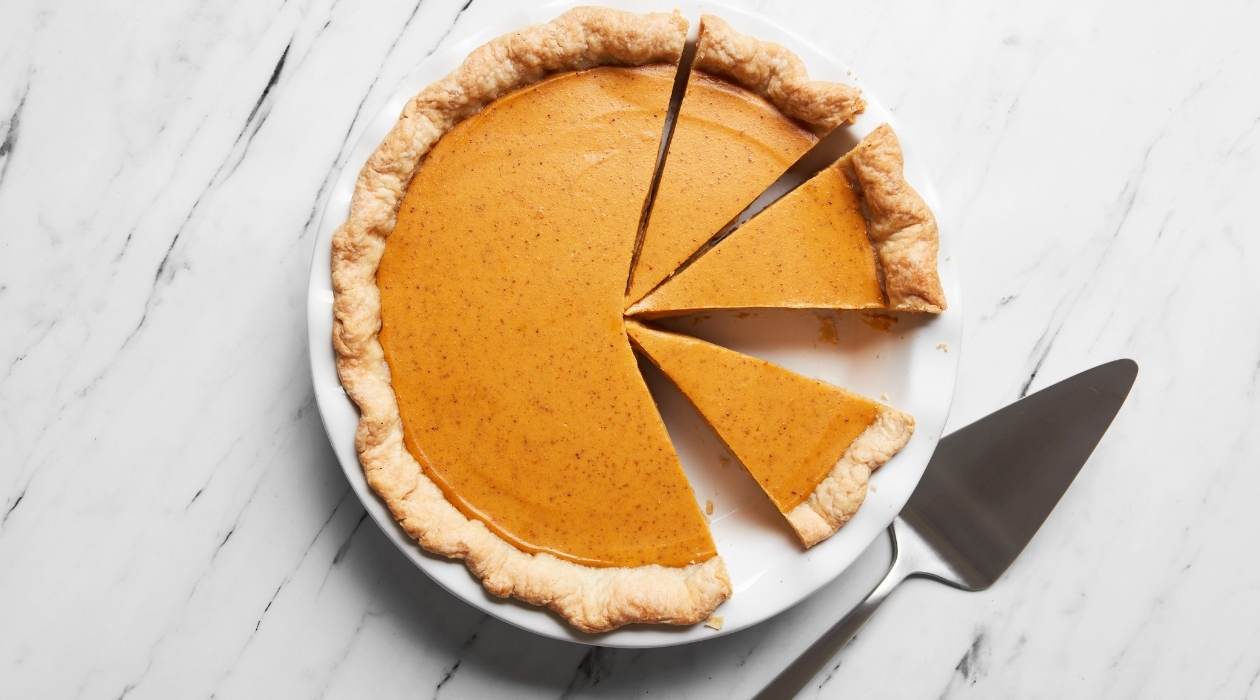

Articles
How To Store Pie After Baking
Modified: February 23, 2024
Learn the best ways to store your freshly baked pie with our informative articles. Keep your pie fresh and delicious for longer.
(Many of the links in this article redirect to a specific reviewed product. Your purchase of these products through affiliate links helps to generate commission for Storables.com, at no extra cost. Learn more)
Introduction:
After spending time and effort baking a delicious pie, it’s essential to know how to properly store it to maintain its freshness and flavor. Whether you’re planning to enjoy it later in the day or preserve it for another occasion, following the correct storage techniques is crucial. With a few simple steps, you can ensure that your pie remains delicious and enjoyable even days after it has been baked.
In this article, we will explore the importance of proper pie storage and provide you with valuable tips on how to do it effectively. From cooling the pie to wrapping it carefully and storing it in the refrigerator or freezer, we will guide you through the entire process. Additionally, we will cover thawing and reheating techniques to ensure your pie retains its delectable taste even after freezing.
So, if you’re ready to become a pie storage expert and enjoy freshly baked goodness at any time, let’s dive in and discover the best practices for storing pie after baking.
Key Takeaways:
- Properly storing your baked pie is crucial to maintain its freshness, flavor, and quality. Follow cooling, wrapping, refrigerating, or freezing techniques to enjoy delicious homemade pie over multiple days.
- Thaw and reheat your frozen pie with care to restore its delectable taste and texture. Use the oven or microwave for reheating, and follow additional tips to maintain pie freshness for delightful indulgence.
Read more: How To Store Apple Pies After Baking
Why Proper Storage is Important:
Proper storage of your baked pie is essential to maintain its taste, texture, and overall quality. Here are a few key reasons why it’s important to pay attention to how you store your pie:
- Preserve Freshness: Storing your pie correctly helps to keep it fresh and prevents the flavors from deteriorating. Without proper storage, the pie may become stale or develop an unpleasant texture.
- Prevent Spoilage: Pies, especially those with fruit or cream filling, can spoil if not stored properly. By following the right storage techniques, you can minimize the risk of bacterial growth and extend the pie’s shelf life.
- Maintain Flavor: A properly stored pie retains its delicious flavors for longer. This ensures that every bite is as delightful as it was when it first came out of the oven.
- Save Time and Effort: By storing your pie properly, you can enjoy it over multiple days without the need to constantly bake fresh pies. This is especially helpful when preparing for parties or gatherings.
By understanding the importance of proper pie storage, you can savor the fruits of your labor and enjoy your homemade pie the way it was meant to be.
Cooling the Pie:
Once your pie is baked to perfection, it’s vital to allow it to cool properly before storing it. Cooling not only helps set the filling but also prevents the pie from becoming soggy when wrapped. Follow these steps to cool your pie effectively:
- Remove the pie from the oven and place it on a wire rack. This allows for better air circulation and even cooling.
- Let the pie cool at room temperature for at least 2 hours. This allows the pie’s structure to stabilize and the flavors to meld together.
- Avoid cooling the pie in the refrigerator immediately after baking, as it can create condensation and make the crust soggy.
Remember, patience is key when cooling your pie. Allow it enough time to cool down completely before proceeding to the next step.
Wrapping the Pie:
Properly wrapping your pie is crucial in preserving its freshness and protecting it from moisture and air. Follow these steps to ensure your pie stays in optimal condition:
- Allow the pie to cool completely before wrapping it. This prevents condensation from forming inside the wrapping.
- Loosely cover the pie with aluminum foil or plastic wrap to protect it from drying out. Make sure the wrapping is secure but not too tight, allowing some air circulation.
- If you have a pie dish with a fitted lid, use it to cover the pie. This provides a more secure and airtight seal.
- Label the wrapping with the type of pie and the date it was baked. This information comes in handy when retrieving and identifying stored pies later on.
By wrapping your pie properly, you create a protective barrier that keeps the pie fresh and prevents any unwanted flavors from seeping in.
Storing the Pie in the Refrigerator:
The refrigerator is an ideal place to store your pie if you plan on consuming it within the next few days. Follow these steps to properly store your pie in the refrigerator:
- Ensure that your pie is cooled and properly wrapped.
- Place the wrapped pie in the refrigerator on a flat surface, such as a shelf or drawer.
- Keep the pie away from strong-smelling foods, as pies can absorb odors easily.
- Try to consume the refrigerated pie within 3-4 days for optimal flavor and texture.
Storing your pie in the refrigerator helps maintain its freshness and extends its shelf life. When you’re ready to enjoy a slice, remove it from the refrigerator and let it sit at room temperature for a few minutes to take the chill off.
Note: Cream-based or custard pies have a shorter shelf life in the refrigerator due to their dairy content. It is recommended to consume cream-based pies within 2-3 days to ensure freshness and avoid any potential food safety concerns.
Read more: How To Store Fruit Pies After Baking
Freezing the Pie:
If you want to store your pie for an extended period or save it for a special occasion, freezing is the way to go. Here’s how you can freeze your pie to maintain its quality:
- Cool and wrap the pie as instructed in the previous sections.
- Place the wrapped pie in the freezer, making sure it is on a flat surface and won’t be squished or damaged by other items.
- If you have a fruit pie with a delicate crust, you may want to partially freeze it first before wrapping it more securely. This will help maintain the shape and prevent the pie from getting crushed.
- For added protection, place the wrapped pie in a resealable plastic bag or an airtight container. This helps prevent freezer burn and keeps the pie fresh for a longer duration.
- Label the packaging with the type of pie and the date it was frozen.
- Pies can typically be stored in the freezer for up to 2-3 months, but it’s best to consume them as soon as possible for optimal quality.
By properly freezing your pie, you can enjoy the delicious flavors of homemade pie even after an extended period.
Note: Cream-based or custard pies do not freeze well due to their dairy content. It is not recommended to freeze pies with creamy fillings as they may separate or become watery when thawed.
Once the pie has completely cooled, cover it loosely with aluminum foil or plastic wrap and store it in the refrigerator for up to 3-4 days. This will help keep the pie fresh and prevent it from drying out.
Thawing and Reheating the Pie:
When you’re ready to enjoy your frozen pie, proper thawing and reheating techniques will help restore its taste and texture. Here are the steps to follow:
Thawing:
- Remove the pie from the freezer and place it in the refrigerator. Allow it to thaw overnight or for at least 4-6 hours. This slow thawing process helps prevent moisture loss and maintains the pie’s integrity.
- Once thawed, keep the pie in its wrapping until it reaches room temperature. This helps retain moisture and prevents the crust from drying out.
Reheating:
Depending on your preference, you may want to enjoy your pie warm or at room temperature. Here are two common methods for reheating:
- Oven Method:
- Preheat your oven to a low temperature, around 325°F (163°C).
- Remove the wrapper from the pie and place it on a baking sheet.
- Reheat the pie in the preheated oven for 10-15 minutes or until warmed through.
- Allow the pie to cool slightly before serving.
- Microwave Method:
- Remove any aluminum foil or plastic wrap from the pie. Place it on a microwave-safe plate.
- Heat the pie in short intervals, about 15-30 seconds at a time, checking for desired warmth between intervals.
- Rotate the pie as needed to ensure even heating.
- Allow the pie to cool slightly before serving, as the filling may become very hot.
Remember, reheating times may vary depending on the size and type of pie. It is best to monitor the pie closely during the reheating process to prevent it from becoming too dry or overheated.
Once reheated, your pie is ready to be enjoyed again, bringing back all the delectable flavors you love.
Read more: How To Store Pecan Pie After Baking
Tips for Maintaining Pie Freshness:
To ensure your pie retains its freshness and deliciousness, here are some additional tips to keep in mind:
- Store fruit pies at room temperature for up to 2 days to maintain optimal flavor and texture. However, if your fruit pie has a cream or custard filling, it must be refrigerated.
- If you plan to store your pie for an extended period, it is best to freeze it rather than keeping it in the refrigerator. Freezing helps preserve the pie’s quality for a longer time.
- Avoid cutting into the pie until you’re ready to serve it. Cutting into the pie exposes the filling to air, which can lead to faster spoilage.
- Consider using a pie box or cake carrier with a secure lid for transportation to prevent the pie from getting crushed or damaged.
- If the pie has been refrigerated, let it sit at room temperature for a while before serving. This allows the flavors to develop fully and the pie to regain its natural texture.
- If you have leftover pie, store individual slices in airtight containers or wrap them individually before refrigerating or freezing. This allows for easier portioning and thawing/reheating as needed.
- When reheating a leftover slice of pie, consider using a toaster oven for a quick and easy way to warm it up.
- For pie crusts that tend to get soggy, you can try placing a layer of breadcrumbs or crushed graham crackers on the bottom crust before adding the filling. This helps absorb excess moisture and keeps the crust crisp.
By following these tips, you can maintain the freshness, flavor, and overall quality of your pie, ensuring that every bite is as delightful as the first.
Conclusion:
Properly storing your pie after baking is essential to maintain its freshness, flavor, and overall quality. By following the right techniques, you can enjoy delicious homemade pie over multiple days and ensure that it remains as delightful as when it first came out of the oven.
Cooling the pie completely before storing it is crucial to prevent condensation and maintain the pie’s texture. Wrapping the pie tightly but not too tightly with aluminum foil or plastic wrap helps protect it from drying out. Storing the pie in the refrigerator is ideal for short-term storage, while freezing is suitable for long-term storage.
When it’s time to enjoy your pie, proper thawing in the refrigerator or using reheating methods like the oven or microwave will help restore its taste and texture. By following these steps, you can savor the flavors of your homemade pie even after it has been frozen.
Remember to label your pies with the type and date to keep track of their freshness. Additionally, consider using pie boxes or cake carriers for transportation and individual wrapping for leftover slices to maintain their quality.
By implementing these tips for maintaining pie freshness, you can ensure that every slice is a delightful treat. So, whether you’re baking pies for a special occasion or simply indulging in a homemade dessert, use these storage techniques to keep your pies at their best.
Now that you’re equipped with the knowledge of how to properly store your pies, go ahead and bake with confidence, knowing that your delicious creations will stay fresh and tasty for as long as possible!
Frequently Asked Questions about How To Store Pie After Baking
Was this page helpful?
At Storables.com, we guarantee accurate and reliable information. Our content, validated by Expert Board Contributors, is crafted following stringent Editorial Policies. We're committed to providing you with well-researched, expert-backed insights for all your informational needs.
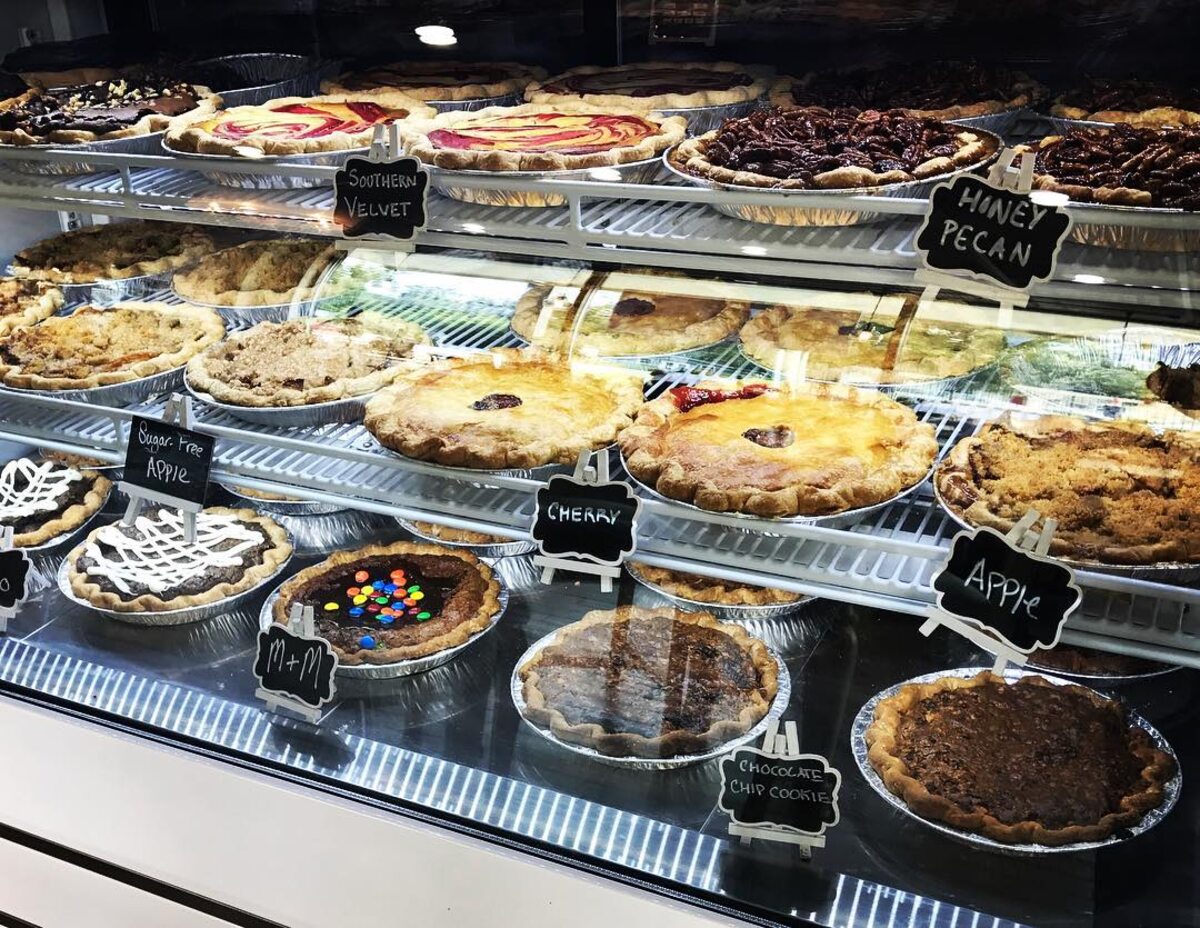
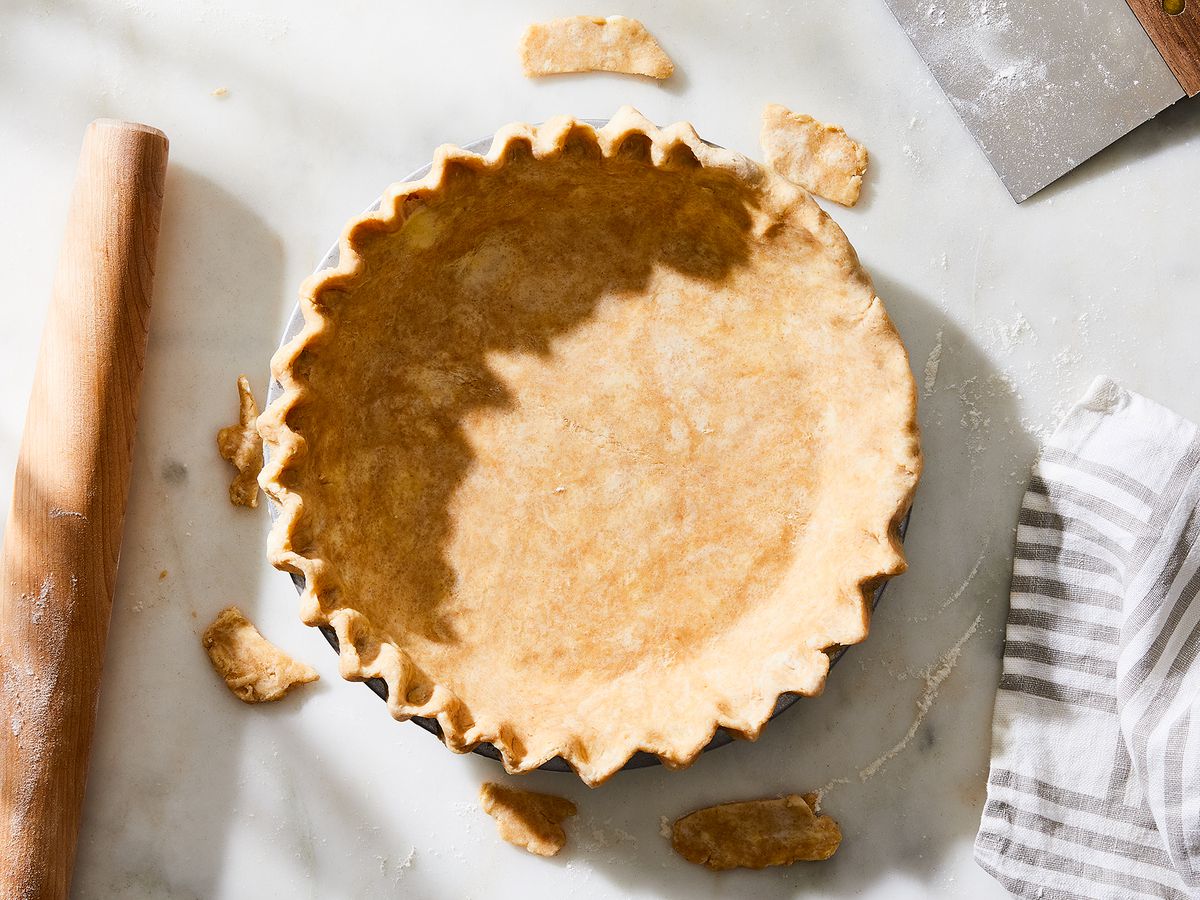
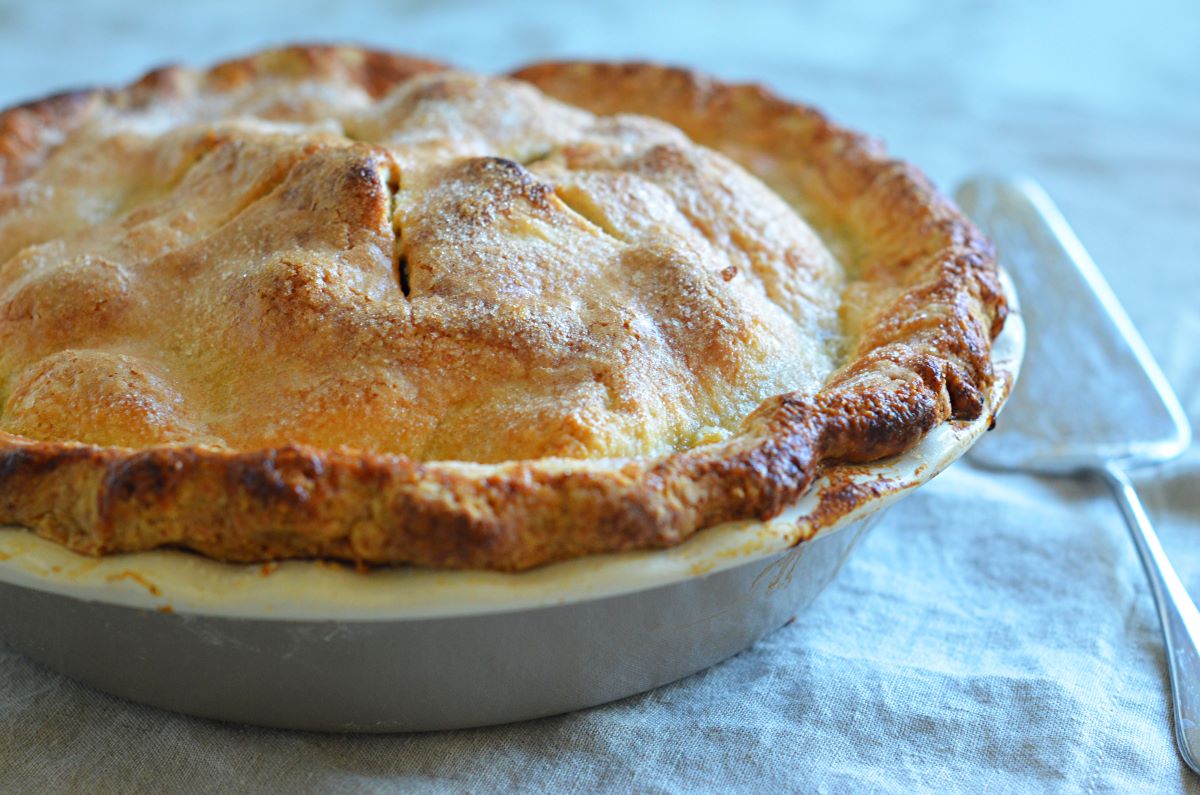
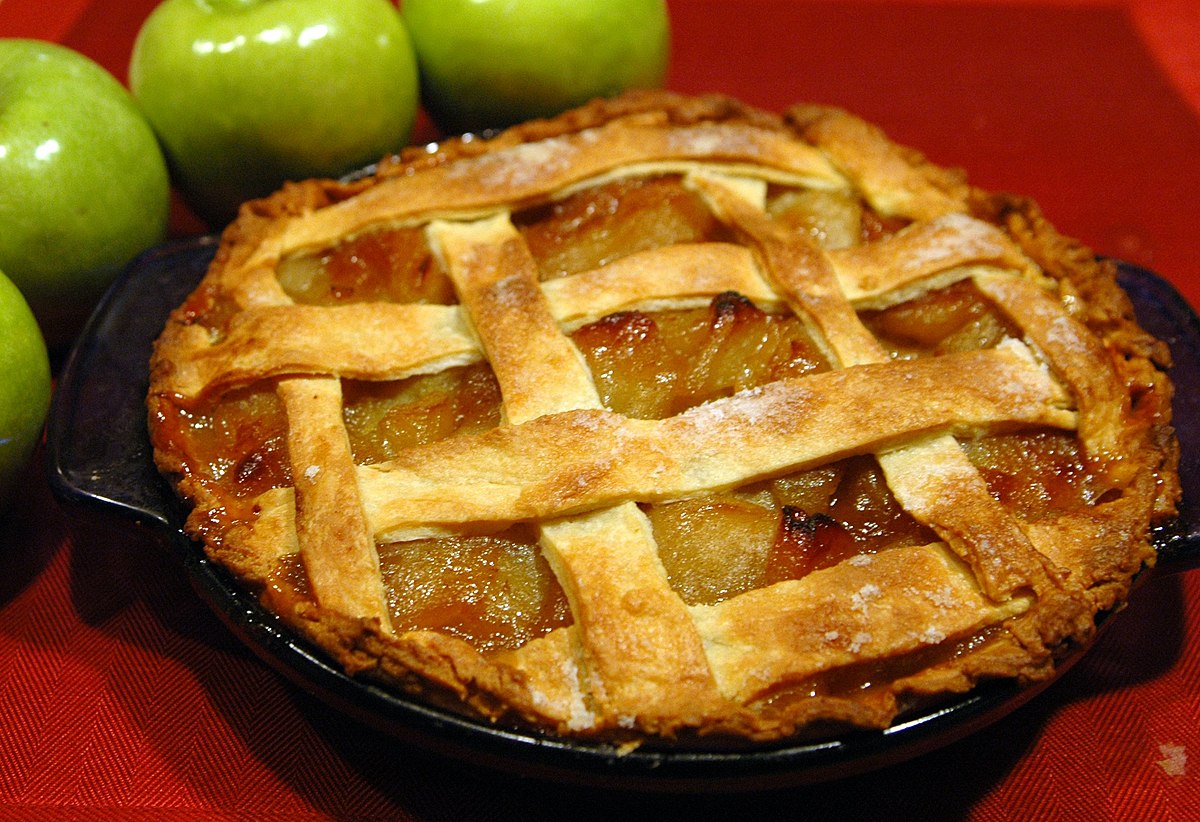
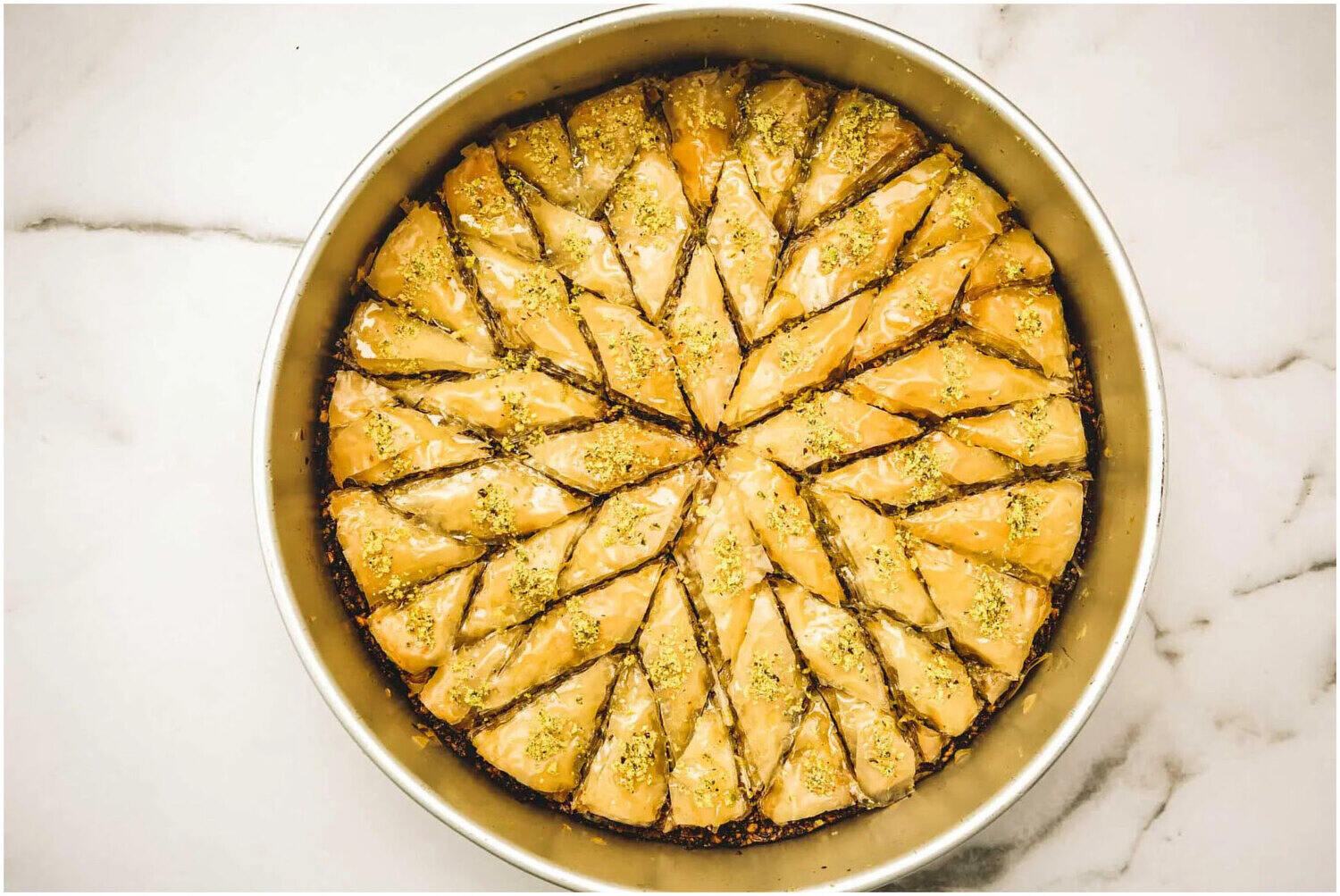
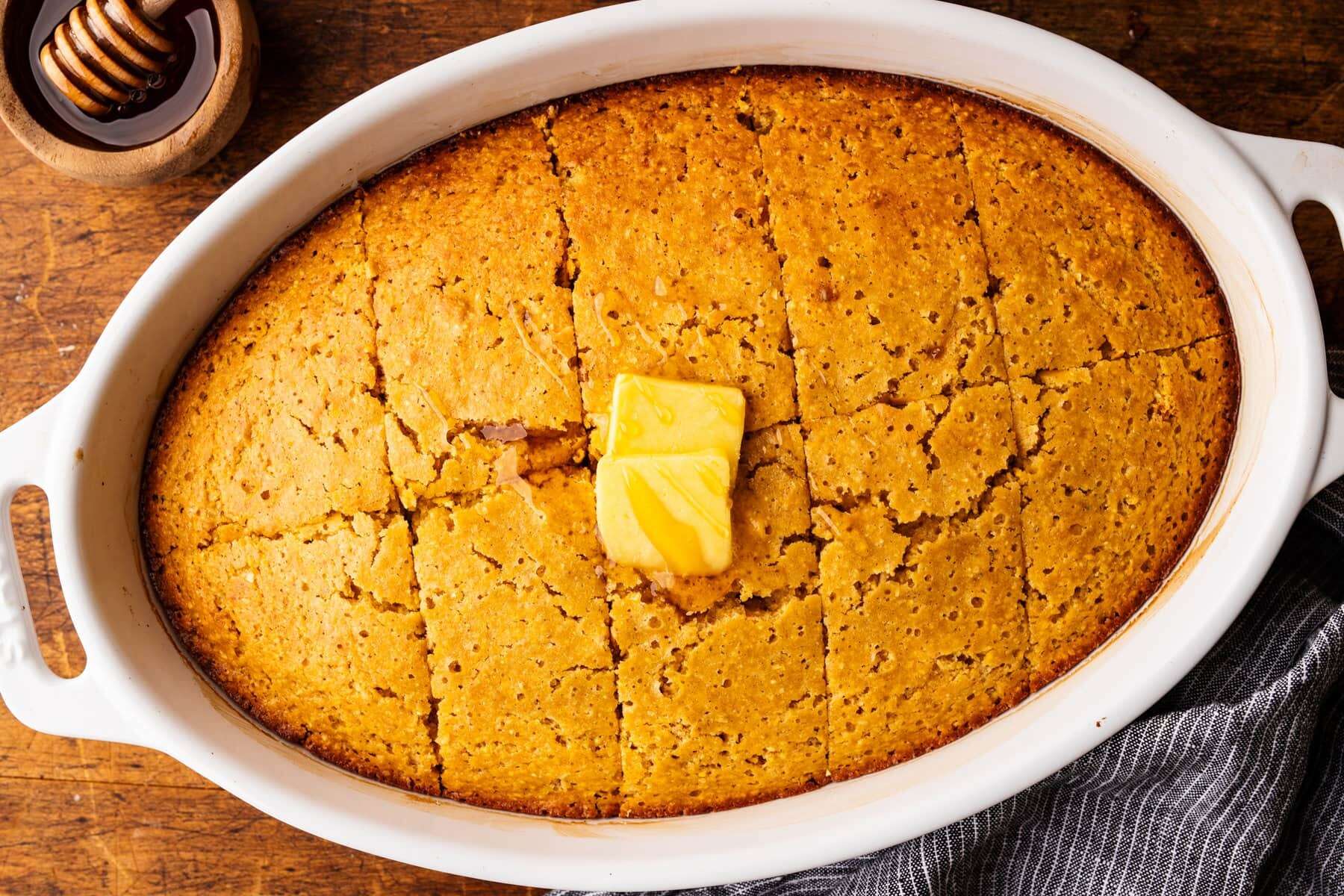

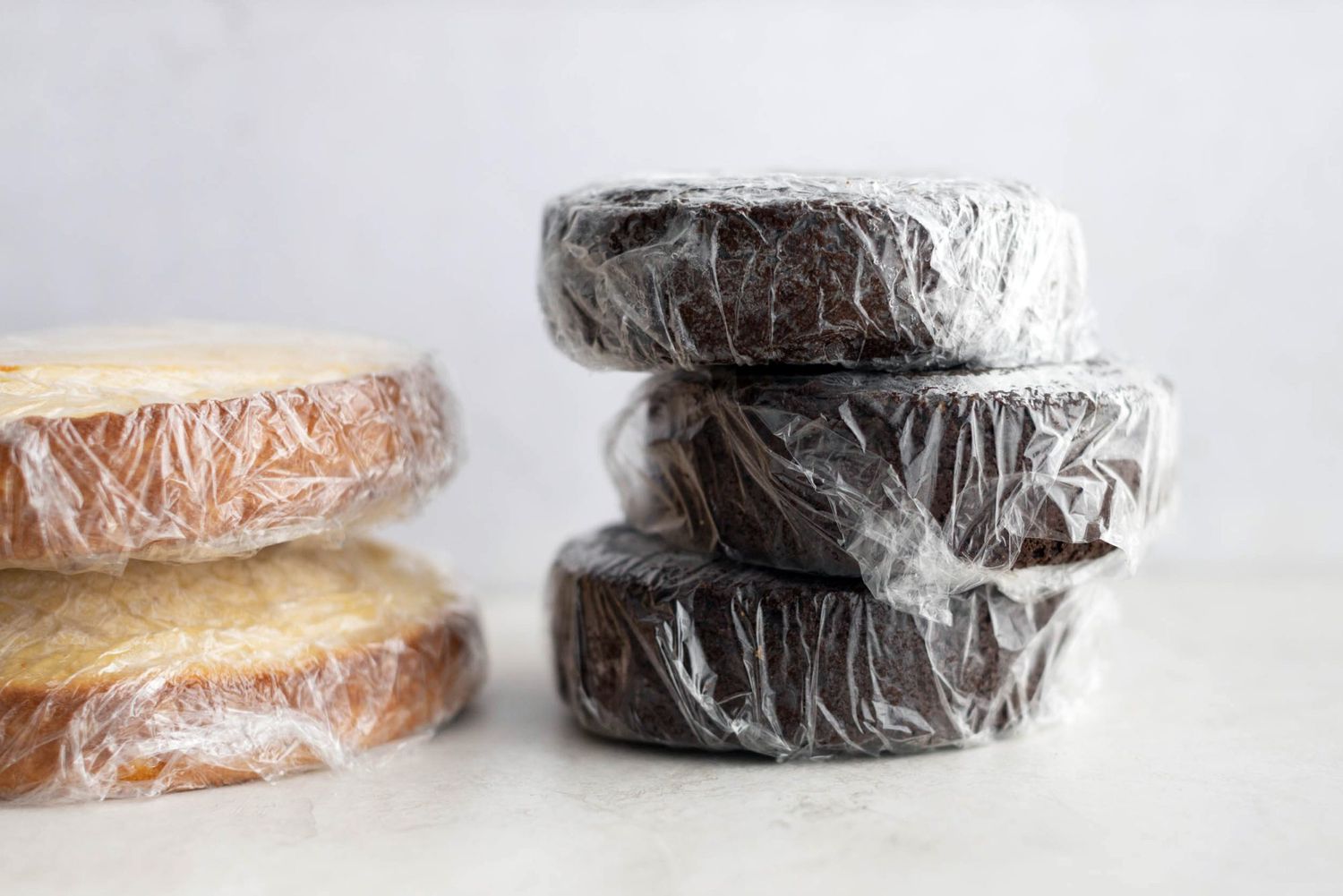
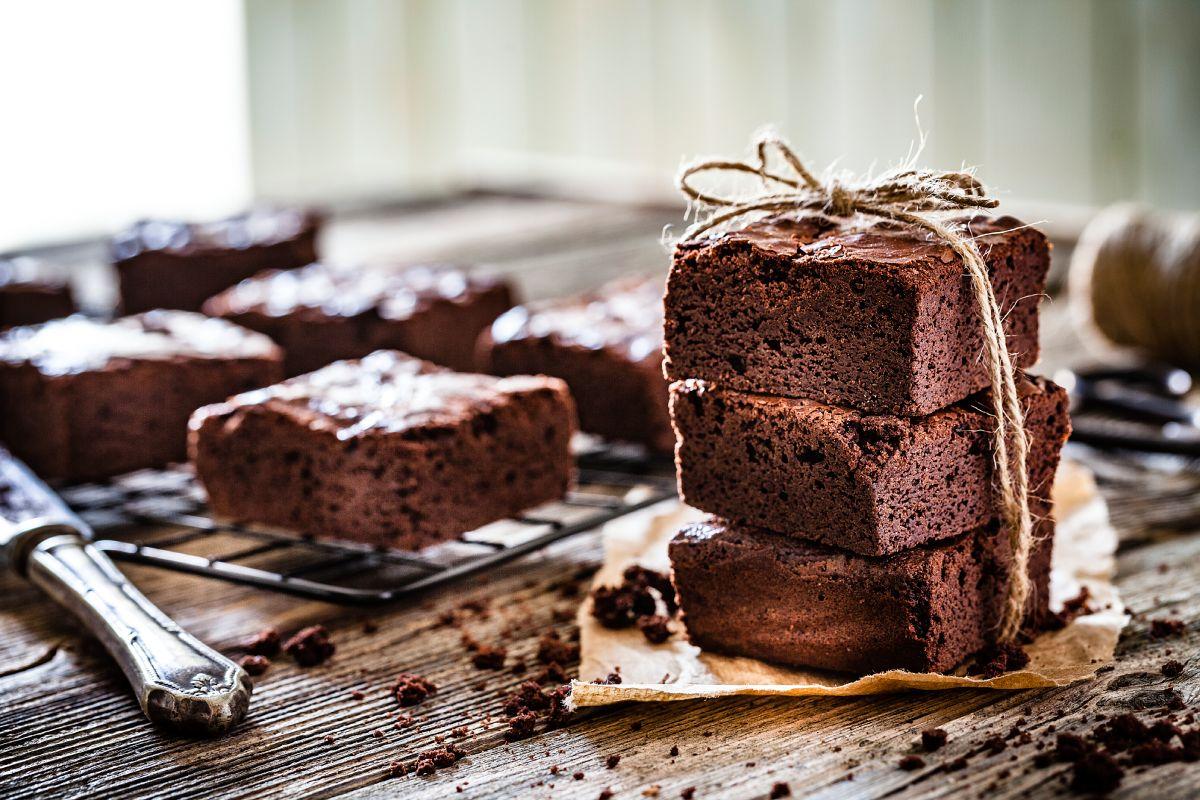

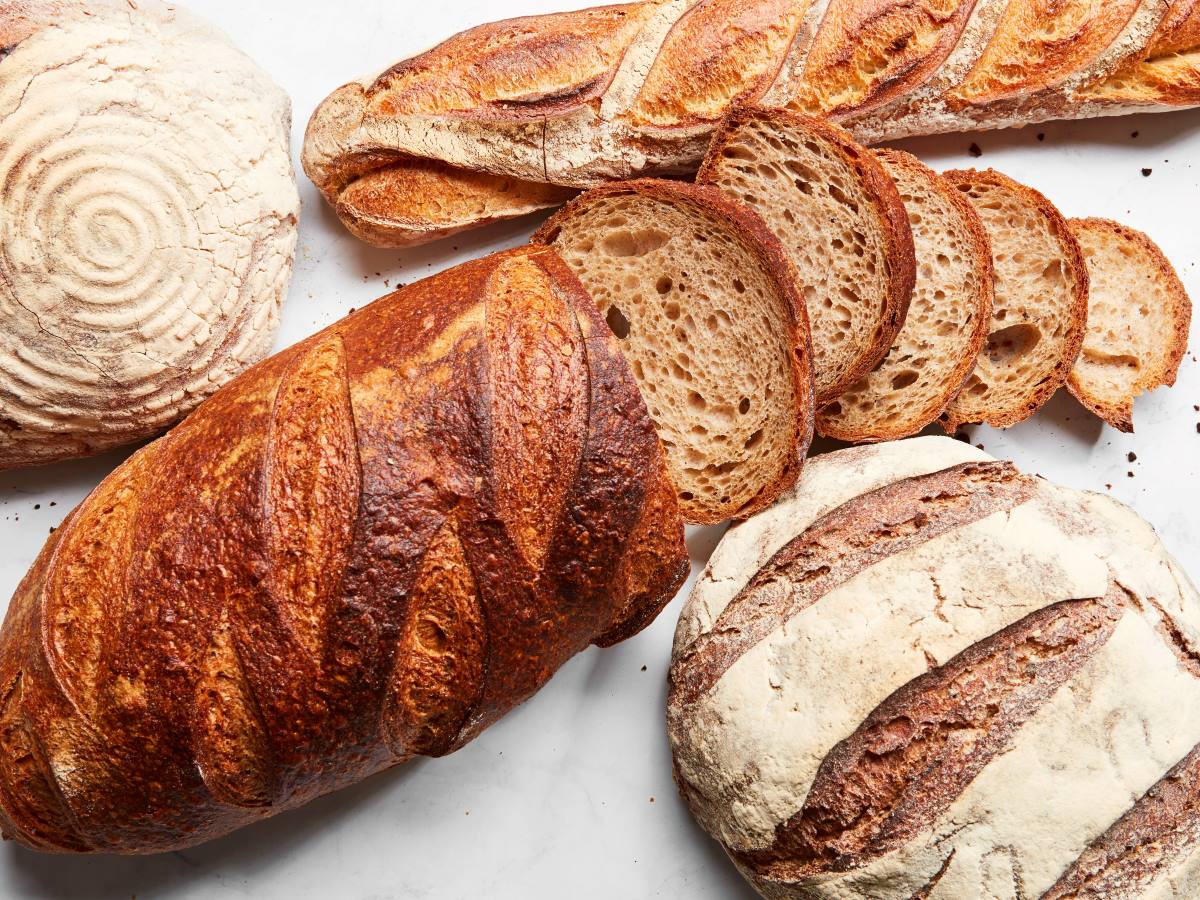
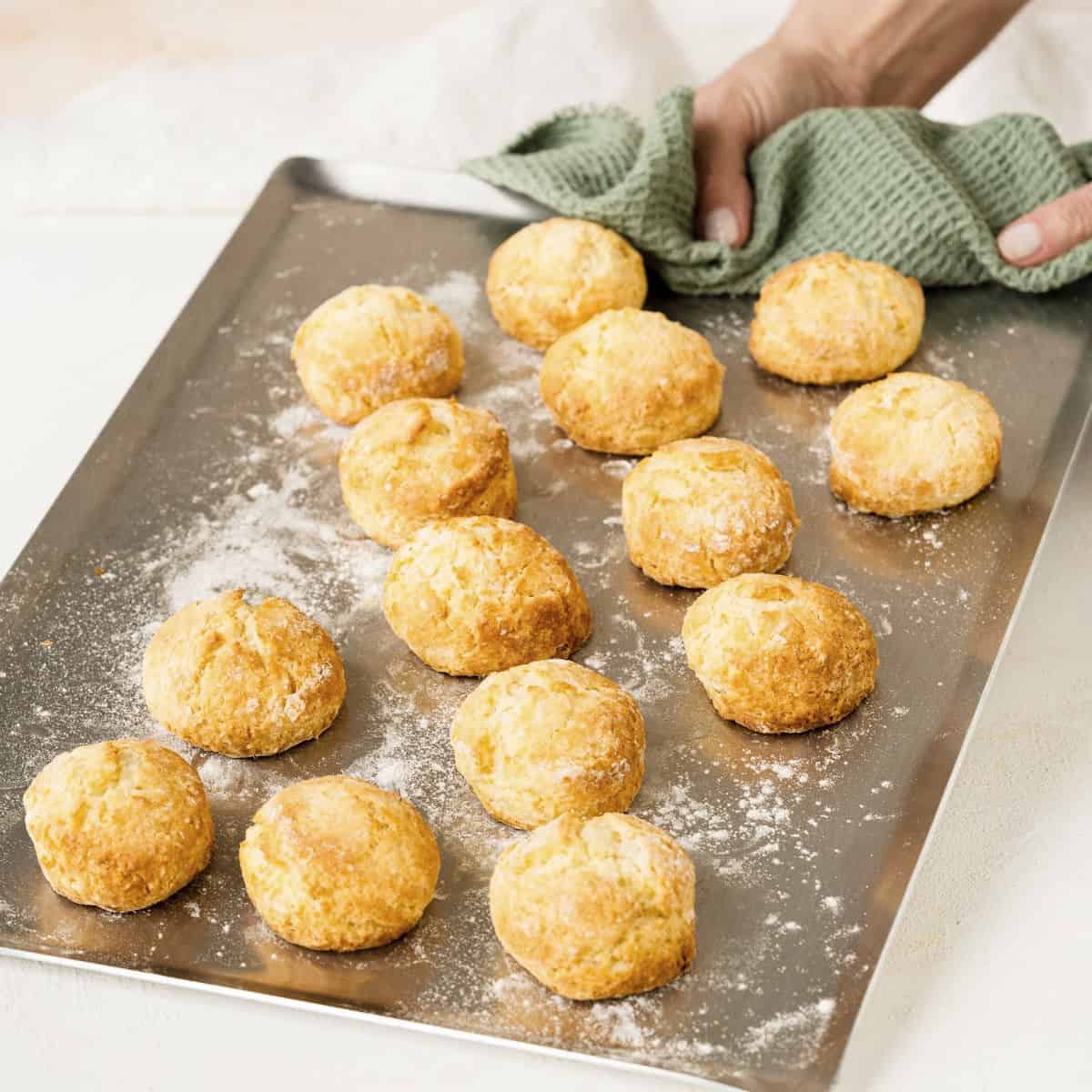
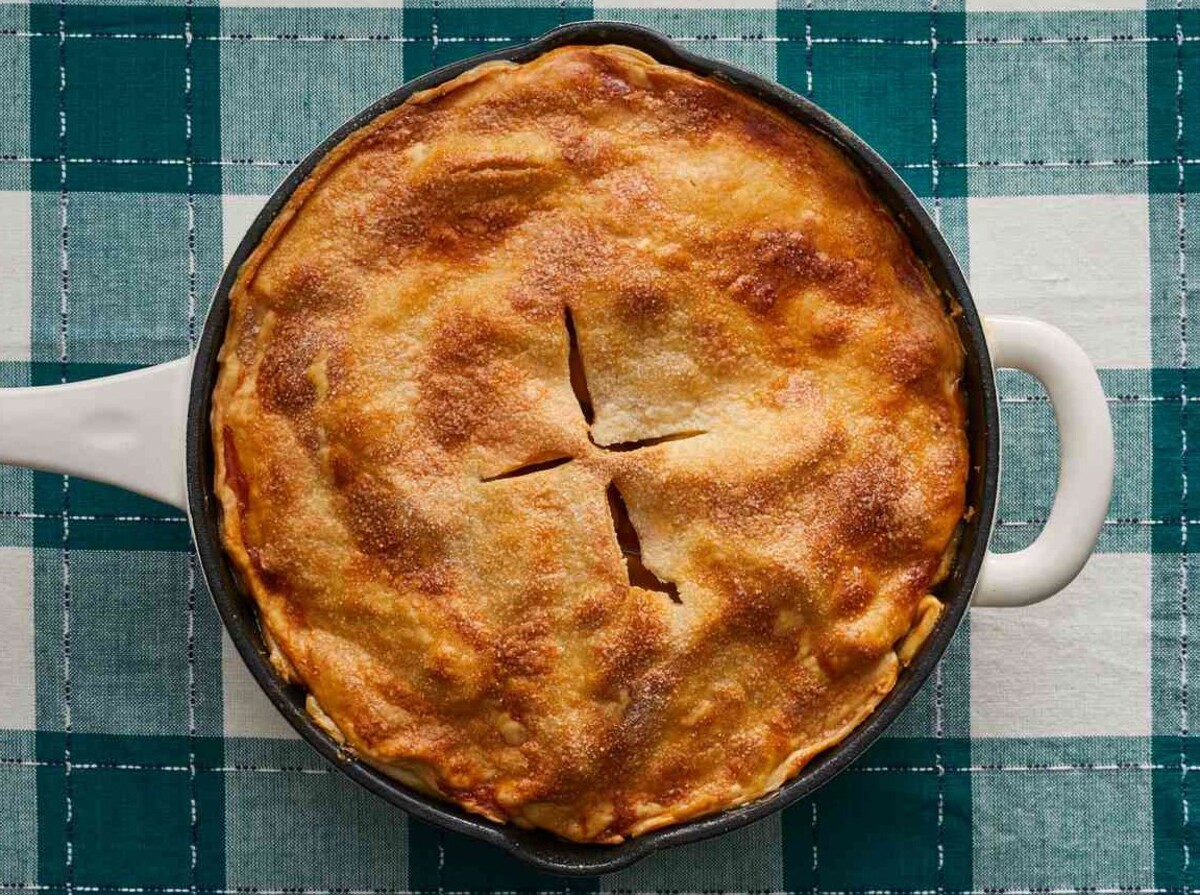

0 thoughts on “How To Store Pie After Baking”